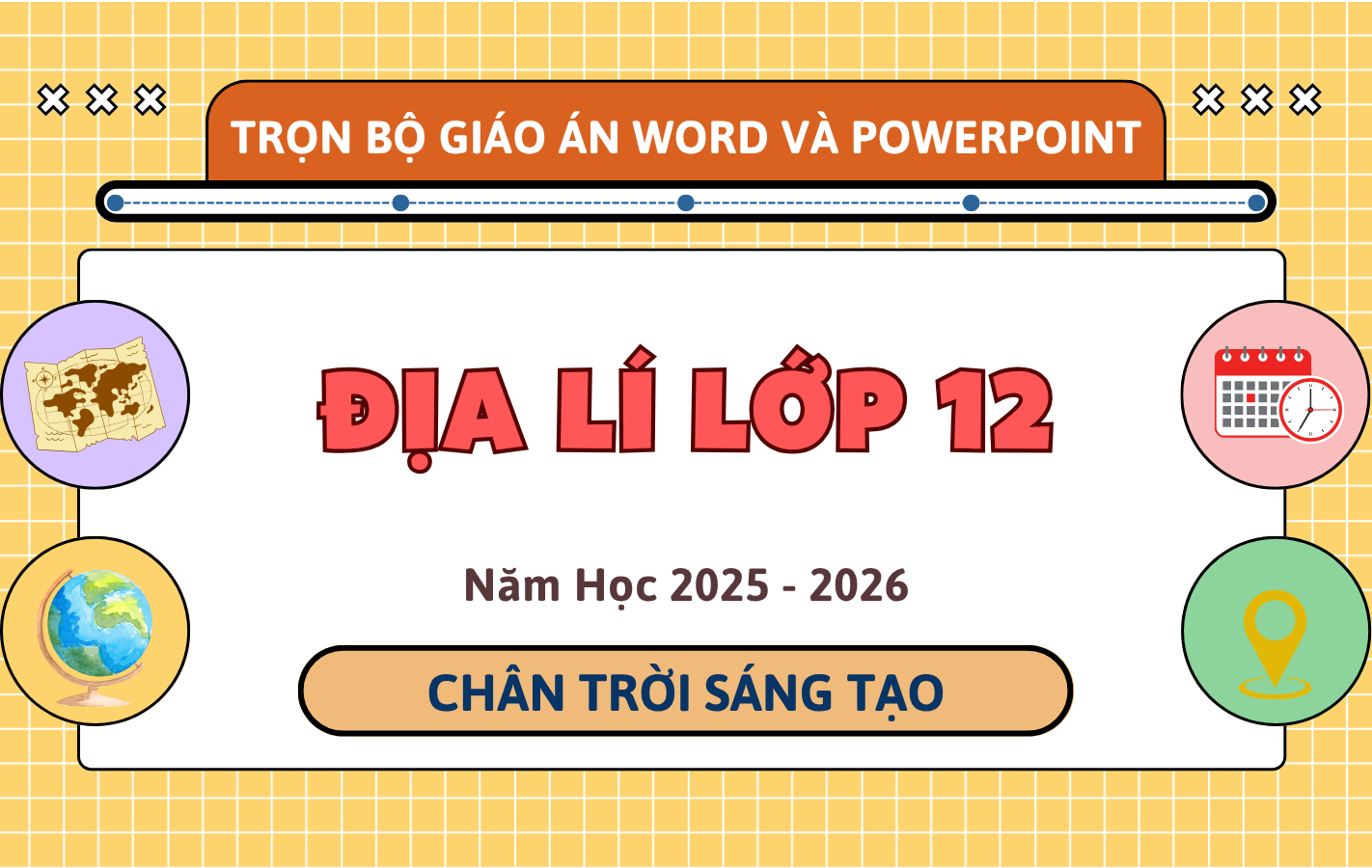Câu hỏi:
Read the following passage and mark the letter A, B, C, or D on your answer sheet to indicate the correct answer to each of the questions from 39 to 45.
Both strains and sprains share common signs and symptoms, including immediate or delayed pain, tenderness in the soft tissue near the bone, swelling, bruising, muscle spasms, and weakness or discomfort when using the affected area.
Strains often occur when excessive pressure is exerted on a muscle, like when lifting heavy objects. They are more likely to happen during physical activity when the body is contracting, stretching, or working a specific body part. Insufficient warm-up exercises that boost blood circulation to the muscles can also contribute to strains, commonly affecting athletes in their backs, necks, or legs.
Sprains, on the other hand, are typically caused by twisting an ankle or knee. Although they commonly occur during sports, sprains can happen in various situations. Interestingly, older kids and teenagers are more prone to sprains than younger children.
To diagnose strains and sprains, doctors typically ask questions about the injured area and conduct an examination, including assessing range of motion and strength tests. In some cases, an X-ray or other imaging study may be ordered to identify additional injuries like fractures, while ultrasounds can be useful in diagnosing minor tears.
Treatment for strains and sprains often involves rest to protect and facilitate healing of the injury. Swelling can be managed by applying ice wrapped in a towel, using compression techniques like elastic bandages or compression sleeves, and elevating the injured area. Immobilising the affected part with wrapping or splinting may be necessary, followed by strengthening exercises to promote muscle recovery. Pain medication is generally recommended for a limited period.
Children and teenagers with a sprain or strain typically need to take a break from sports until specific criteria are met. These include the reduction of swelling, absence of pain during sports activities, approval from the doctor, the ability to perform without limping, full range of motion in the injured area, and restored strength.
Fortunately, strains and sprains usually heal without long-term complications. It's important to follow the doctor's instructions diligently to promote a speedy recovery. To prevent strains and sprains, encourage young athletes to engage in thorough warm-up exercises before physical activity, incorporating movements like jogging, high knees, butt kicks, and active stretching. Additionally, encourage post-activity static stretching, where each stretch is held for at least 30 seconds.
In the event of a strain or sprain, coaches, personal trainers, doctors, or physical therapists can provide guidance on strengthening exercises to aid recovery and minimise the risk of reinjury. With proper care and attention, strains and sprains can be overcome, allowing individuals to return to their favourite activities stronger and more resilient than ever.
The word "elevating" in paragraph 5 is closest in meaning to _____.
Đáp án đúng: B
The correct answer is B. raising.
Explanation: Paragraph 5 discusses managing swelling and includes "elevating the injured area." To elevate something means to lift or raise it.
Câu hỏi này thuộc đề thi trắc nghiệm dưới đây, bấm vào Bắt đầu thi để làm toàn bài
Câu hỏi liên quan

Trọn Bộ Giáo Án Word & PowerPoint Tiếng Anh 12 – I-Learn Smart World – Năm Học 2025-2026
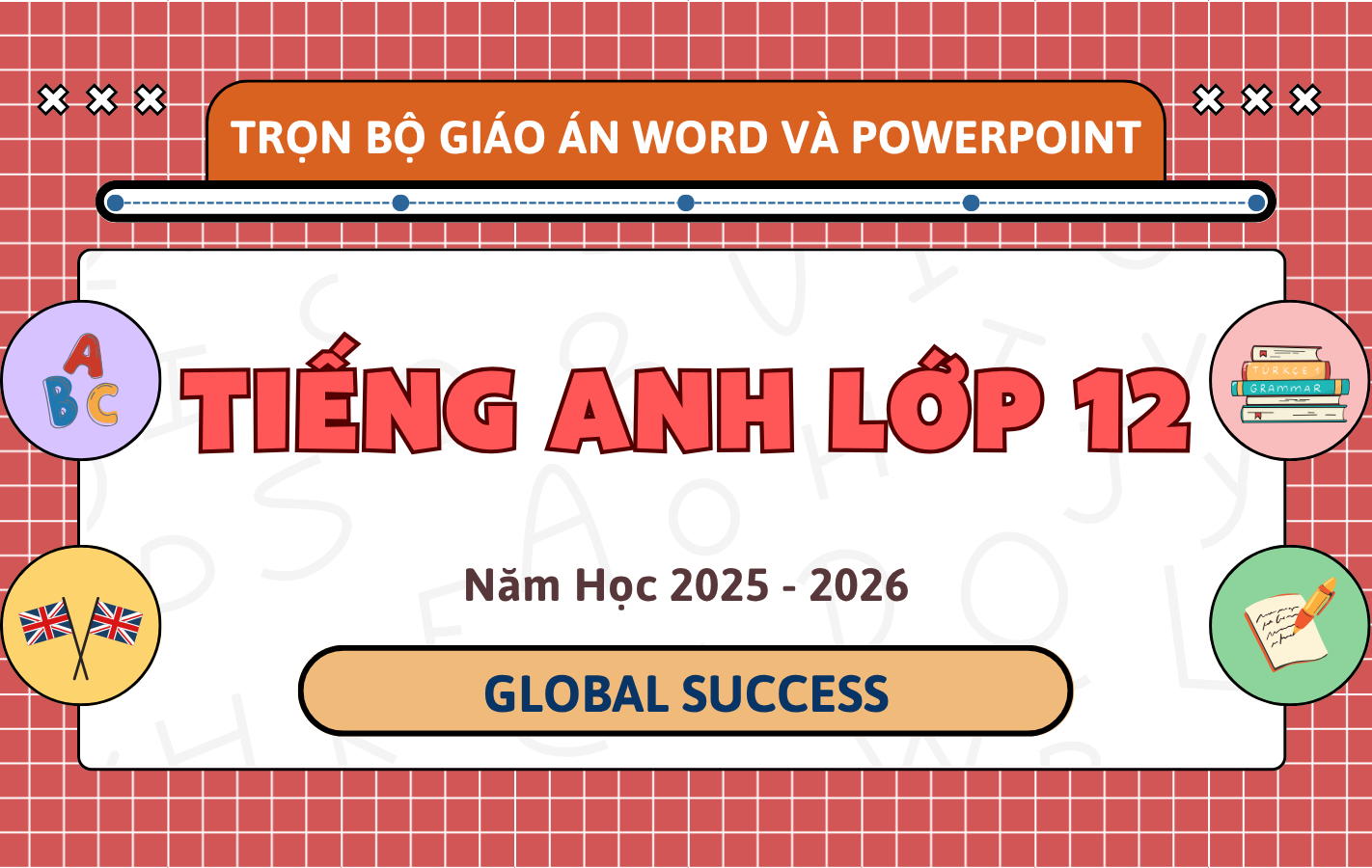
Trọn Bộ Giáo Án Word & PowerPoint Tiếng Anh 12 – Global Success – Năm Học 2025-2026
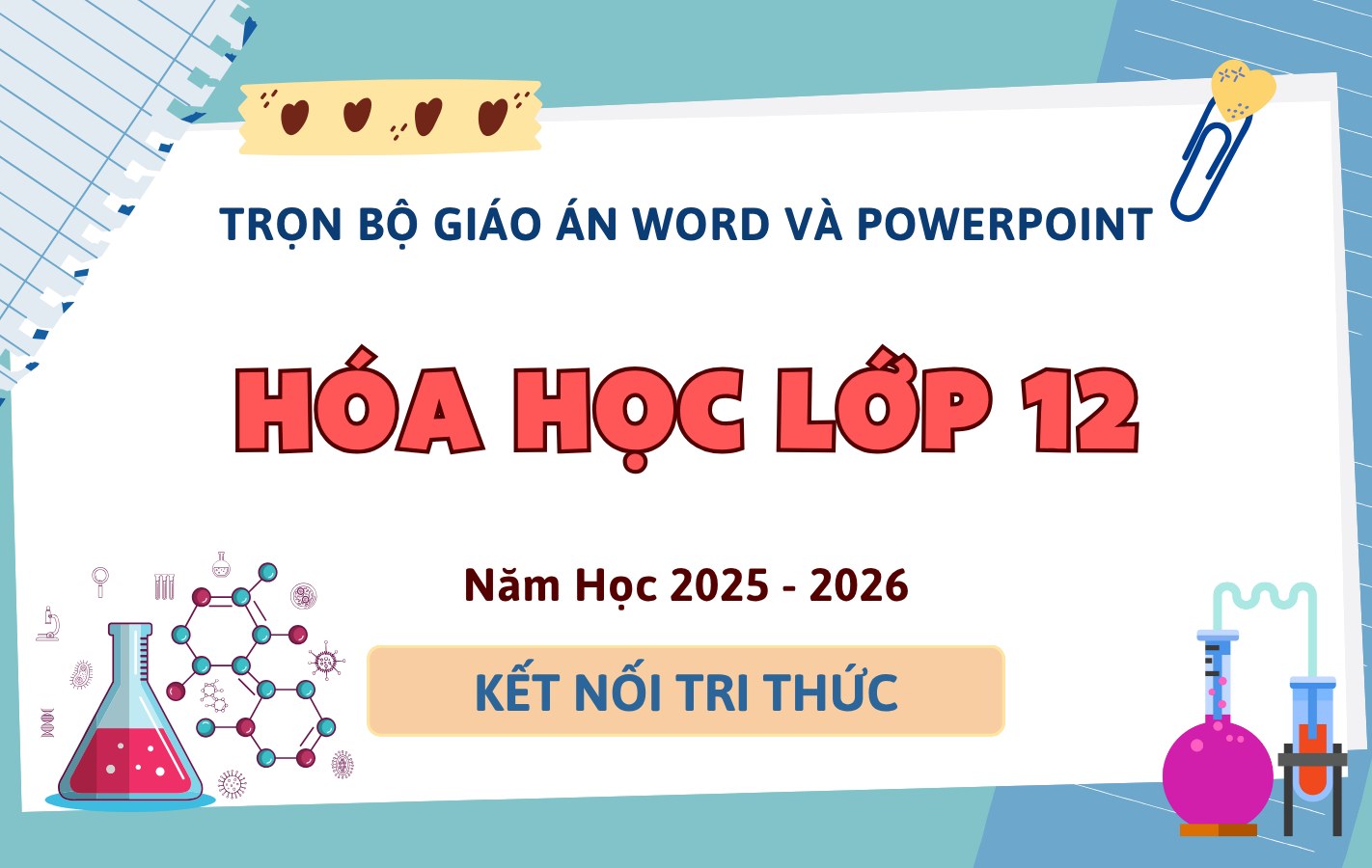
Trọn Bộ Giáo Án Word & PowerPoint Hóa Học 12 – Kết Nối Tri Thức – Năm Học 2025-2026
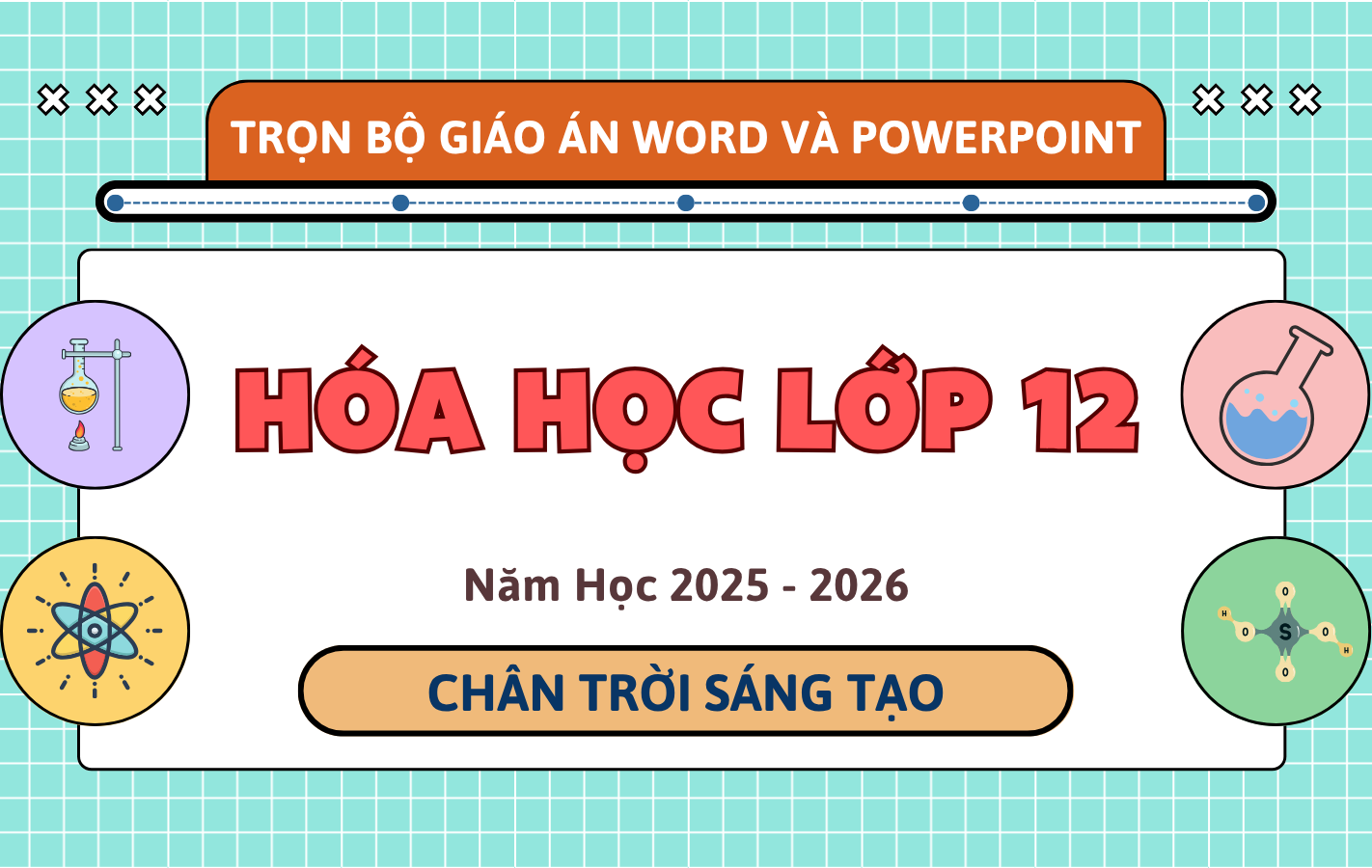
Trọn Bộ Giáo Án Word & PowerPoint Hóa Học 12 – Chân Trời Sáng Tạo – Năm Học 2025-2026
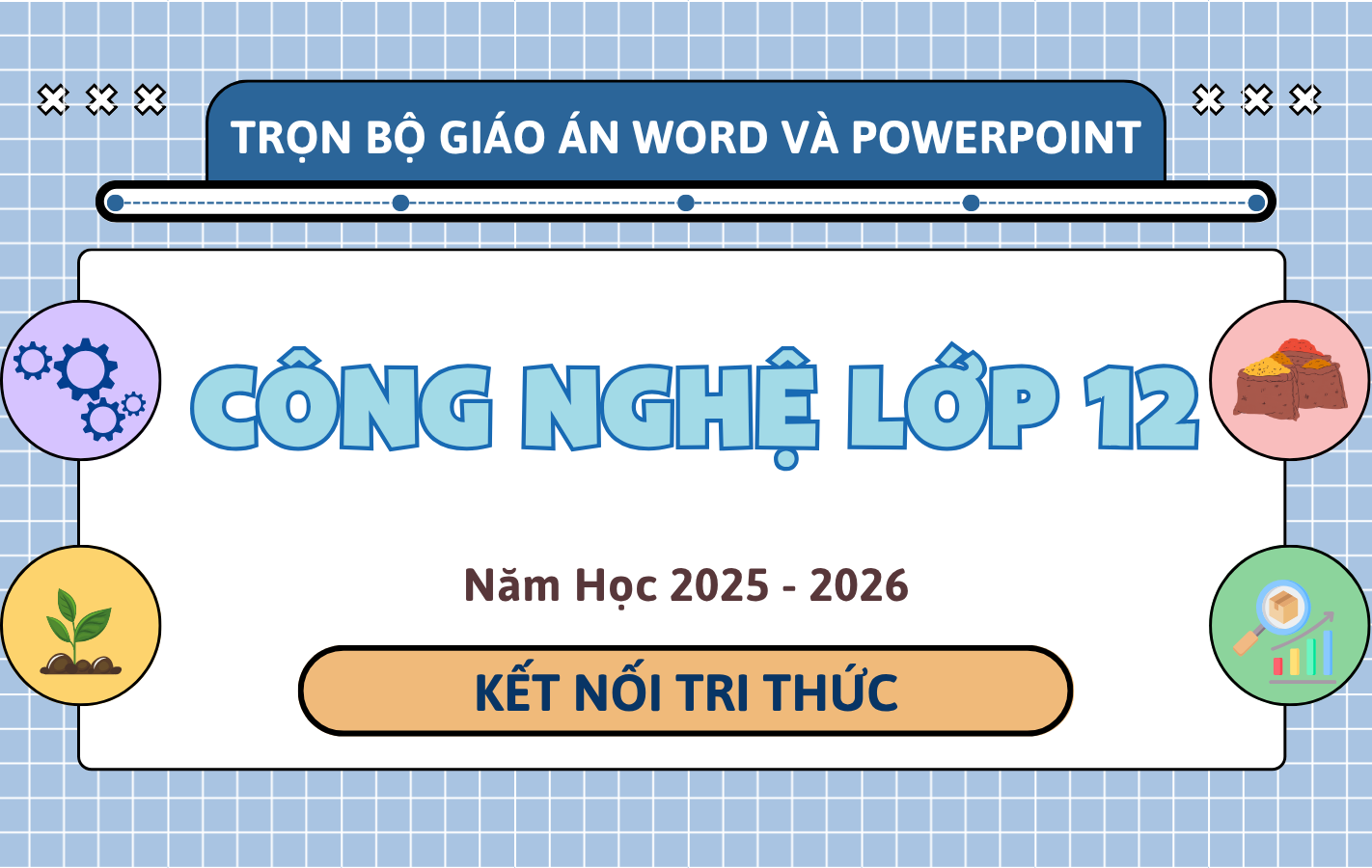
Trọn Bộ Giáo Án Word & PowerPoint Công Nghệ 12 – Kết Nối Tri Thức – Năm Học 2025-2026
